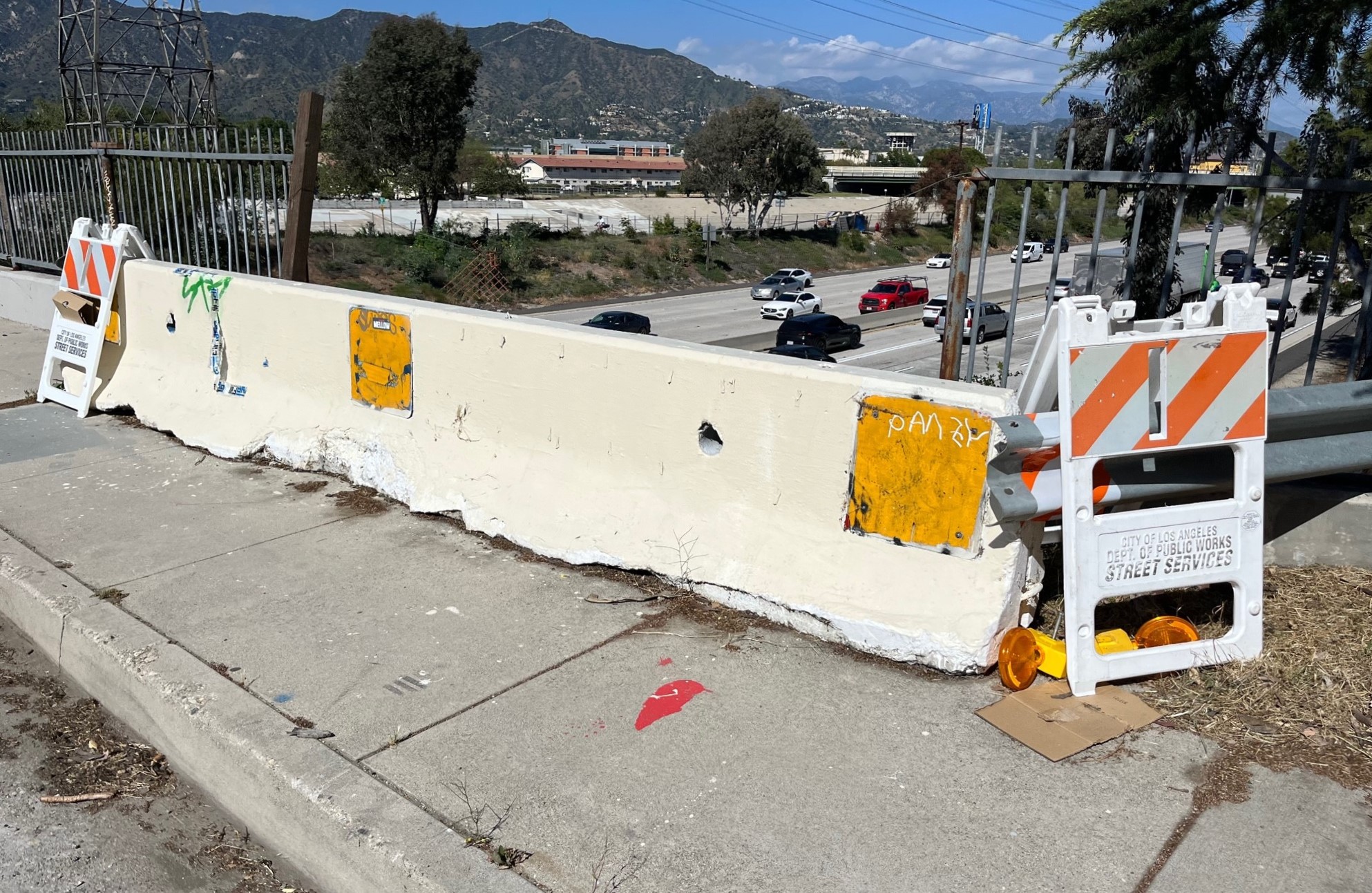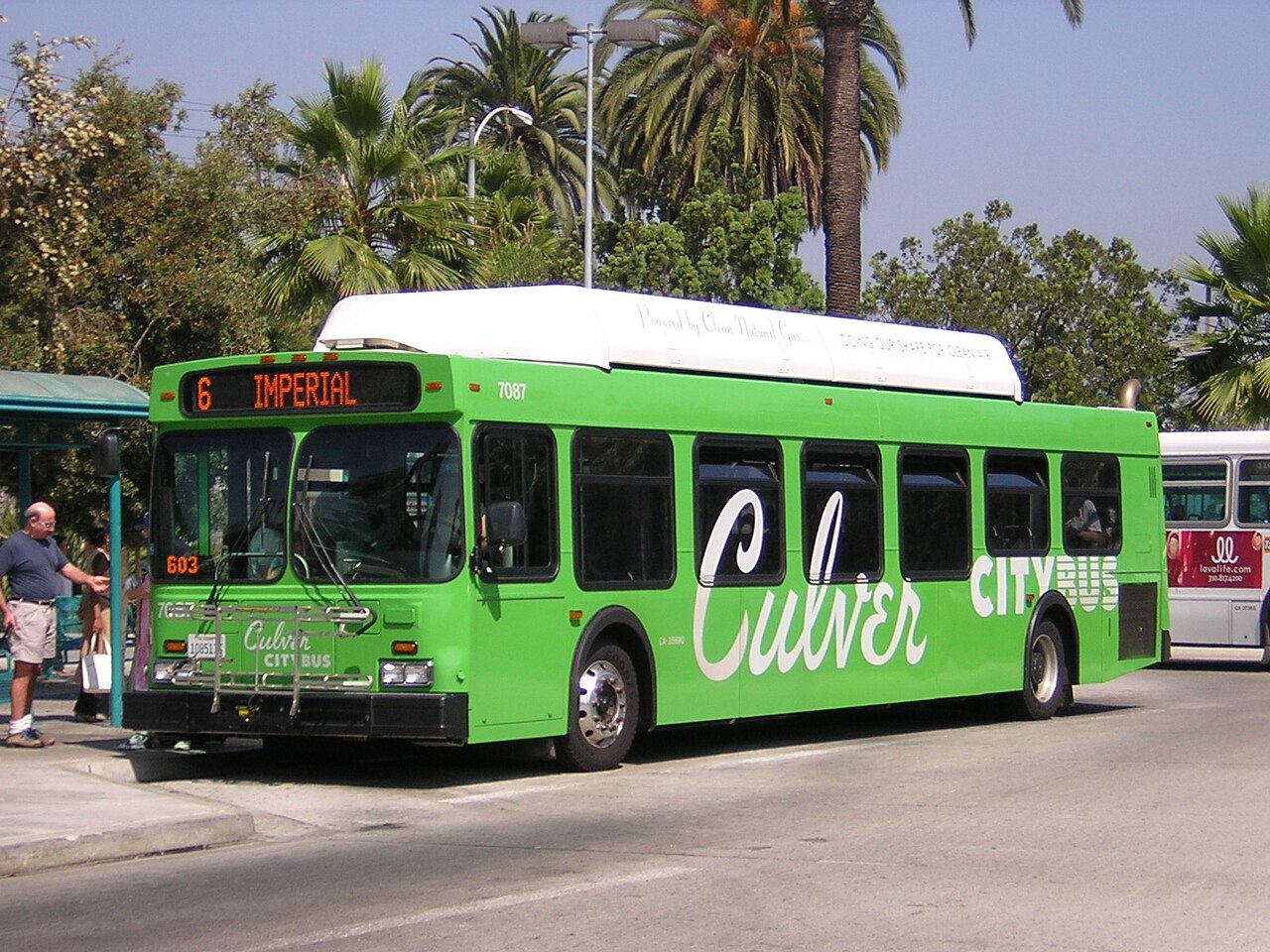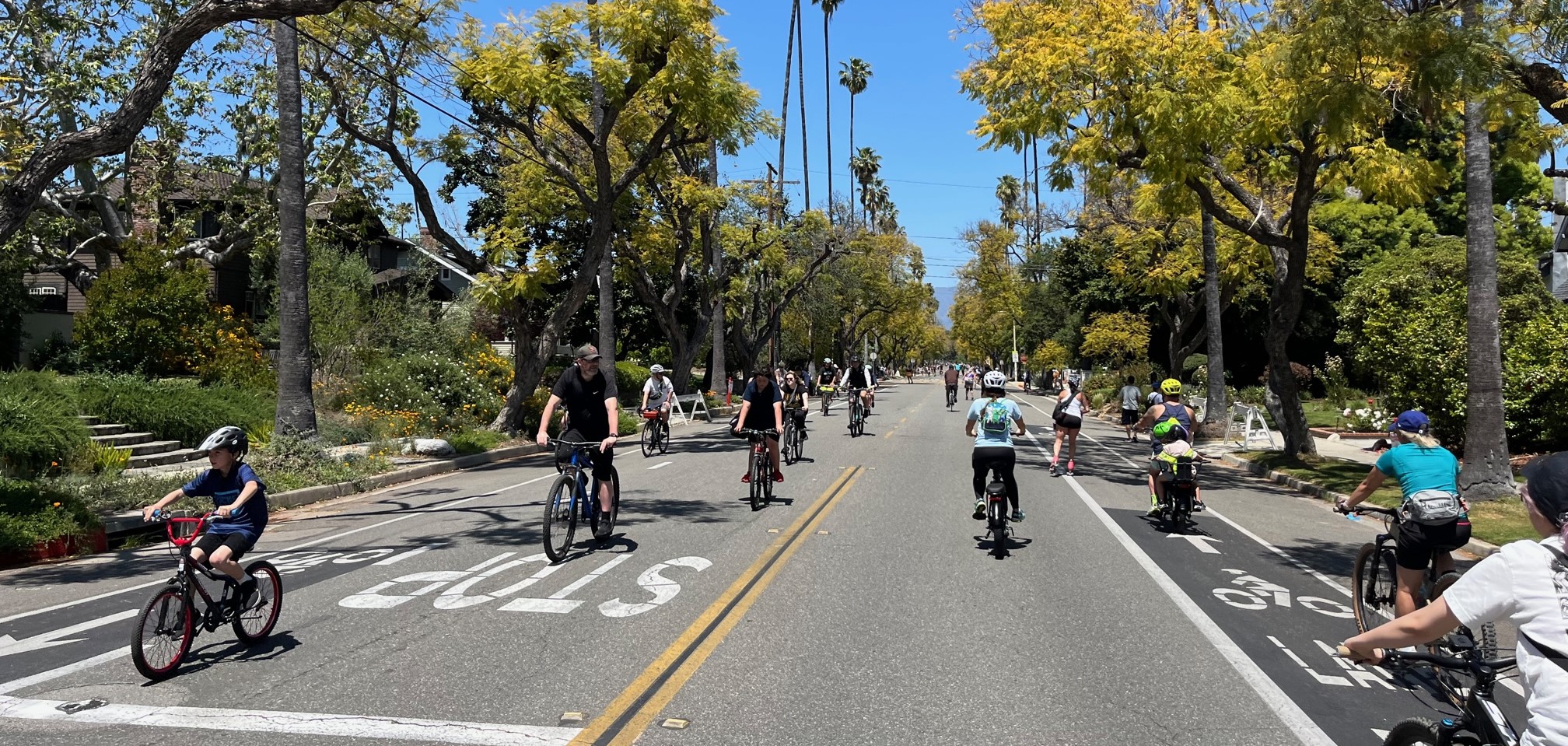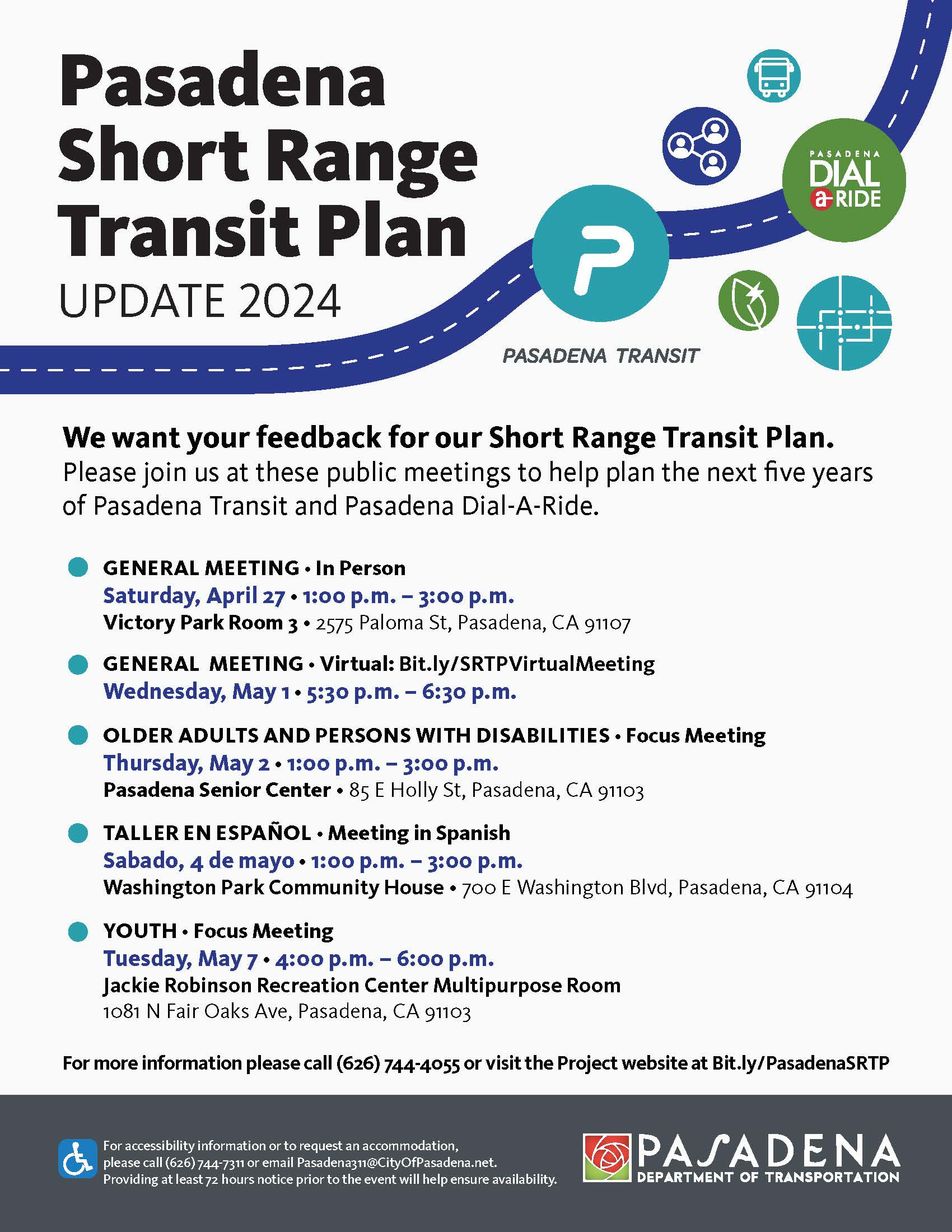Policy wonks across the capital are still poring over the 775-page bill
released earlier today by Rep. Jim Oberstar (D-MN), chairman of the
House transportation committee. But searching the legislation for the
key topics being debated by transportation reformers reveals new
details and raises new questions.
The
most common phrase in the bill may well be three innocuous words: "to
be supplied." This is in no small part thanks to the uncertain future
of funding for Oberstar's $450 billion plan, a problem compounded by a White House preoccupied with health care and in no mood to raise the gas tax.
Still,
the sheer number of sections left "to be supplied" in the legislation
makes it difficult to consider individual portions of the bill in the
context of the nation's overall transportation investment.
For
example, the section on performance targets for states receiving
federal money to keep roads and bridges in good repair -- as opposed to
building new projects -- leaves its minimum standards for structural
adequacy blank.
The section that creates a program for the unique transportation needs of metropolitan areas has no blank areas, but it leaves major decisions in the hands of Transportation Secretary Ray LaHood and state DOTs.
The
secretary is asked to look at certain performance areas when deciding
on new projects, including traffic reduction, road safety, less
dependence on single-vehicle trips, and access to public transit. But
the task of setting actual goals in those areas, such as
percentage-based reduction in local per-capita VMT, is left up to the
state DOTs and local metropolitan planning organizations (MPOs) to
decide alongside the federal government.
The tangible targets proposed by Rep. Russ Carnahan
(D-MO), which include accountability measures that cannot be tweaked by
individual states and localities, are nowhere to be found.
Colin
Peppard, climate and infrastructure policy director at the
Environmental Defense Fund, hailed the bill today for tying
transportation decision-making to carbon emissions reductions. Yet
Peppard closed on a caveat that is related to the bill's open-ended
approach to transportation performance:
However, more work needs to be done toensure that these forward-thinking goals are fully supported by thepolicies, programs, and funding laid out in this critical piece oflegislation. Questions remain as to whether state and localgovernments will truly be held accountable for delivering bettertransportation, economic, and environmental performance.
David
Goldberg, spokesman for the Transportation for America coalition,
also praised Oberstar's outline of the bill for making a significant
break from the status quo. He noted its dedication of funds to
metropolitan areas, provisions aimed at combating climate change and
its
proposal for proportional voting at MPOs.
Goldberg added, however, that "there are too many places in the bill
where localities and states are allowed to set their own performance
measures and there is no overarching set of performance targets that would let
you know the overall transportation program is making progress on
issues of national priority."
The
bill does take action on an issue of importance to many city
governments: allowing local transit agencies to spend federal money on operating costs.
Urban areas with populations between 200,000 and 500,000 would be
cleared to spend 20 percent of their federal formula grants on transit
operating, with the number shrinking to 10 percent for larger cities
and 5 percent for cities with populations greater than 1 million.





